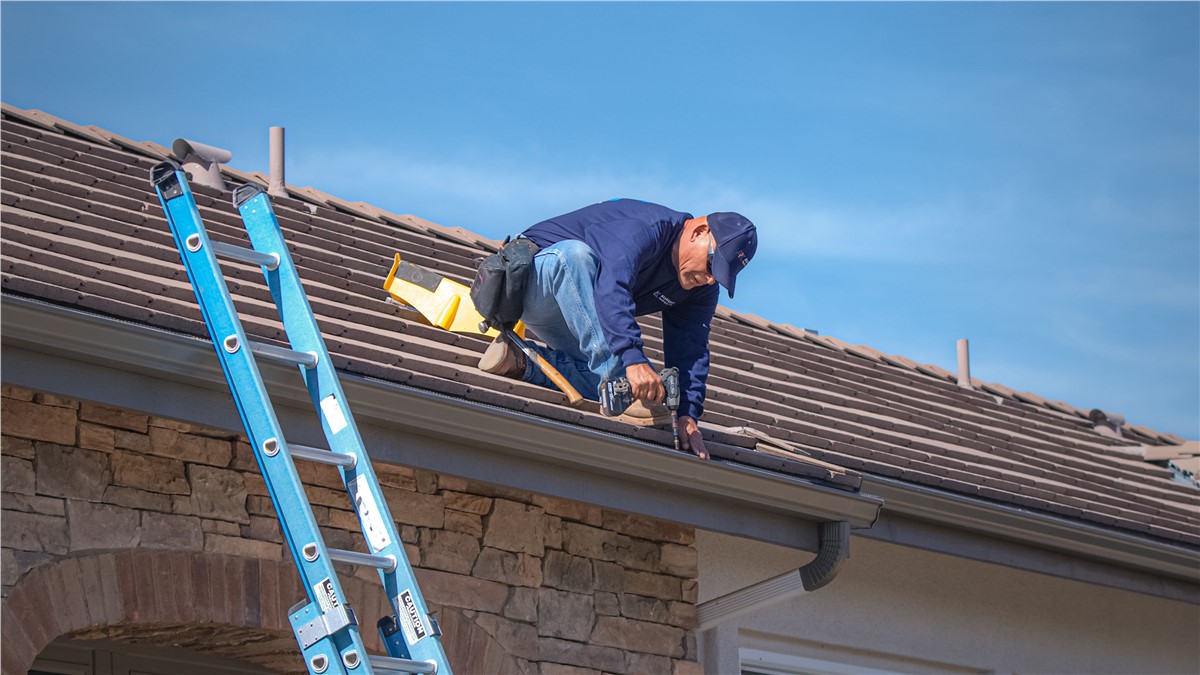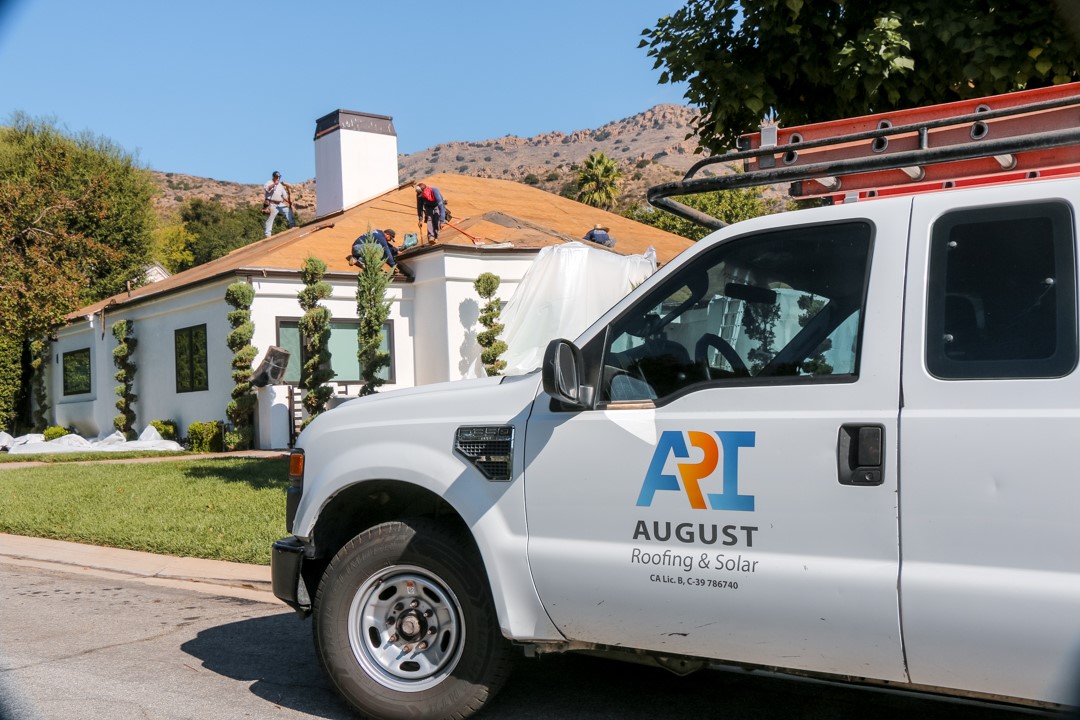How Often Should Roofs Be Replaced?
Most homeowners are aware of the recommendation that a roof should be replaced every 20 to 30 years. But since signs of damage are often difficult to detect, and you may not know when your home’s roof was last replaced, you might not be able to tell when the time has come. These tips can help you take action when the time has come, thereby protecting the sizable investment that you’ve made in your home.
Perform Regular Inspections
When you first purchased your home, you probably had the entire property inspected by a professional. This individual would have alerted you if the roof was showing signs of wear and tear, in which case you already knew that roof repair was imminent, and probably paid less for the house as a result. If the roof was still in good shape at the time, take note of when the house was built. If it’s longer than 15 years, you should check the roof regularly for warning signs such as missing or curled shingles, worn chimney flashing, or a spongy feeling underfoot.
Check The Attic
The underside of the roof is another good place to look for clues. Take a flashlight to the highest level of your house—typically the attic. Shine the light in every nook and cranny, checking for any worrisome streaks or stains. If you turn off the flashlight and see daylight coming through in any area, it’s obvious that the roof is no longer fully intact.
While you might be able to get away with short-term solutions like patches, it’s better to get the whole job done at once. If you focus on just one spot at a time, the area around the patches will still be weakened. You might even end up spending more money on repairs in the long run.
Inspect Your Gutters
Are your gutters full of gravelly material or tiny pellets? Do these particles bear a striking resemblance to your roofing shingles? That’s because these are granules that have sheared off the roof, indicating that the shingles have outlived their usefulness. Even if you’re not experiencing any immediate difficulties with leaks or stains, a shedding roof is a clear warning sign.
Keep An Eye Out For Moss
If you notice moss growing anywhere on your roof, that means there’s excessive moisture in the area. Sometimes, the reason for this is obvious—a tree that’s growing nearby, or a humid climate, for example. If you can’t detect the reason, that indicates an underlying issue with the structure, which should be addressed immediately. If moss is allowed to grow unchecked, it can cause serious damage and possibly even devalue the property.
Solar Installation
Are you thinking about making the switch to solar energy? If so, you might want to consider replacing the roof at the same time. If solar panels aren’t installed correctly, the surrounding areas could be prone to leakage. This might not be necessary if the home is fewer than 15 years old, but be sure to have the job done by a professional to avoid any potential issues.
When it comes to roof replacement, it’s always best to be proactive. If you wait until there are clear signs of damage, the issue has already gotten out of hand. That makes the job more difficult than it needs to be and could be even harder on your wallet. Even if it seems like a minor problem, contact an expert just to be sure. And one final note: Don’t forget to update your home’s maintenance records once the roof has been replaced, so you’ll know exactly when the repairs were made.
Tags
Subscribe to August Roofing & Solar's Blog







Comments